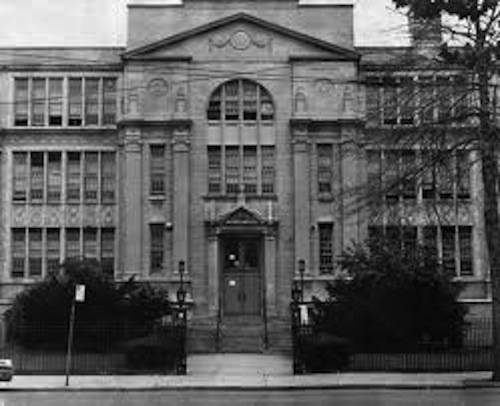Arthur Solomon: A man who loves his past

Sometimes the past overtakes us.
“For some reason, I don’t know why, I decided to see what happened to the high school in Brooklyn that I attended,” said Arthur Solomon, a Tilden High School graduate who later wrote for the Brooklyn Eagle.
He was a senior VP/senior counselor at Burson-Marsteller and was responsible for restructuring, managing and playing key roles in some of the most significant national and international sports and non-sports programs.

Brooklyn Boro
View MoreNew York City’s most populous borough, Brooklyn, is home to nearly 2.6 million residents. If Brooklyn were an independent city it would be the fourth largest city in the United States. While Brooklyn has become the epitome of ‘cool and hip’ in recent years, for those that were born here, raised families here and improved communities over the years, Brooklyn has never been ‘uncool’.